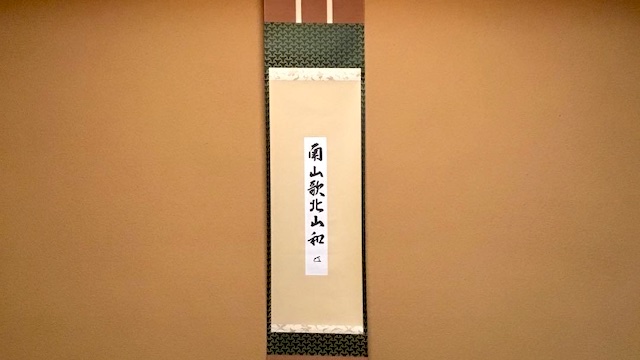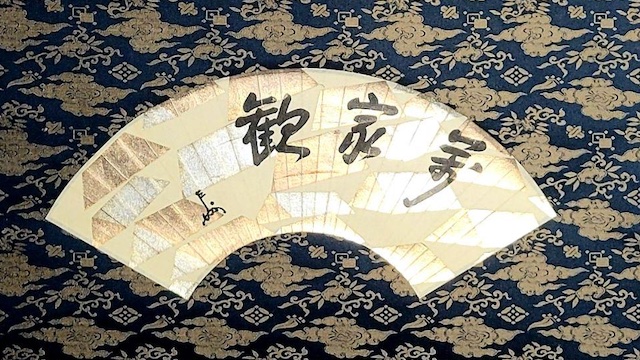
Tanzaku is a long strip of paper used to write waka poems, haiku poems, Chinese poems, and paintings.
It is also written as tansaku, tanshaku, tansaku, tansaku, etc., and is also called tanjaku.
In "Waka Shinhisho", ``About the strip, it's about one shaku in length, and I'm going to see it now. The details of Ton'a and Jujiko's handwriting are written by Takako." It is said that Nijo Tameyo (1250-1338) and Ton'a (1289-1372), great-grandsons of Fujiwara no Teika, were the first to make this at the end of the Kamakura period. It was divided into eight equal parts, one inch wide and one shaku long.
As time passed, it changed to today's width of 2 sun and length of 1 shaku 2 sun.
However, it is said that the emperor used a slightly larger strip of paper.
The oldest extant strip of paper is said to be "Hosekikyo Yohin Paper Back Tanzaku".
According to Tadayoshi Ashikaga, a certain person got the twelve characters of ``Namusakafutsusemushimusari'' (Namu Shakyamuni Buddha's whole body relic) in a dream, and asked for waka poems with each character attached to the neck, and Komyoin Temple.・Obtained strips of paper from Takauji, Tadayoshi, Kazuuji Hosokawa, Komoronao, Kenko, Tona, Joben, and Keiun, and stitched them together to form a single chapter. , Soseki and the monk Muso copied the essential items of the Daihozumi Sutra and delivered them to Mt. Koya.
At the end of the Kamakura period, the paper used for the strips was so-called Sugihara paper, plain white and simple.
From the Muromachi period onwards, the use of strips of paper became established at waka poetry gatherings, and most of them were uchigumori, which is made of base paper with clouds inscribed on it.
At the end of the Muromachi period, sketches drawn with gold paint and silver paint were used, and during the Momoyama period, gorgeous decorations and sketches were used.

Schoolmaster's lexical
家元